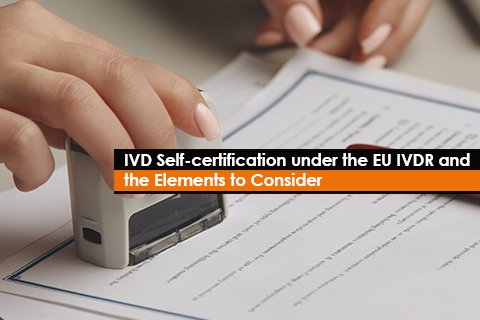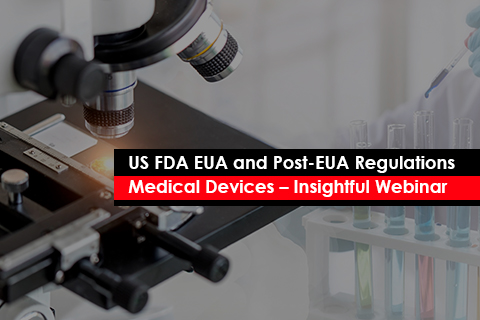How are Near-patient Testing Devices Regulated under EU IVDR?

Near-patient Testing (NPT) has the fastest-growing market in the IVD segment. Europe is the second-largest market after the United States for NPT. Many companies are trying to launch their NPT products in the European Union (EU), and now with the implementation of In Vitro Diagnostic Medical Device Regulation (EU IVDR) 2017/746, the companies are transitioning towards it.


